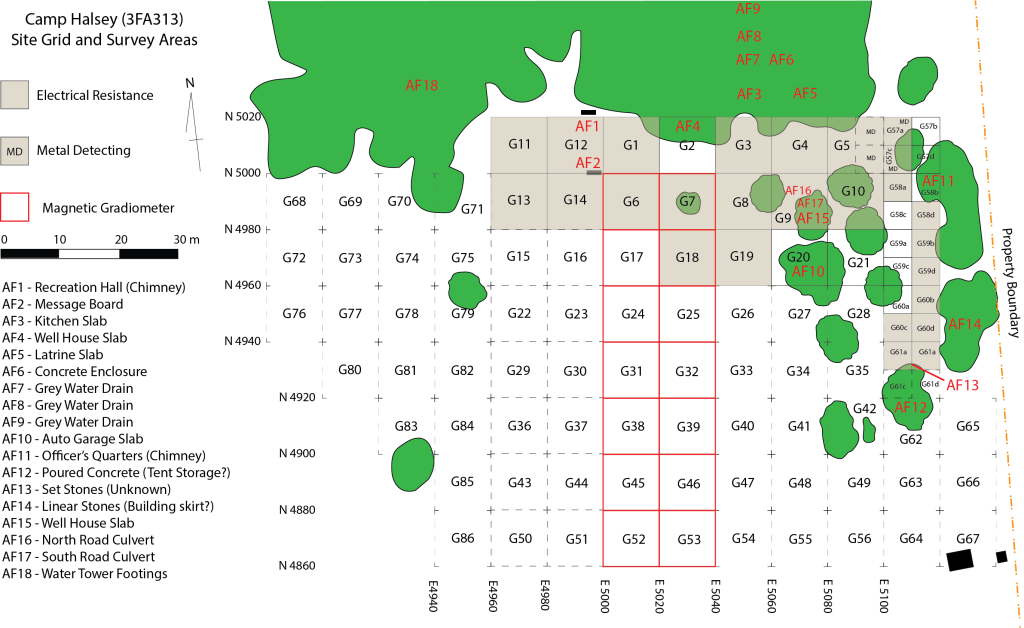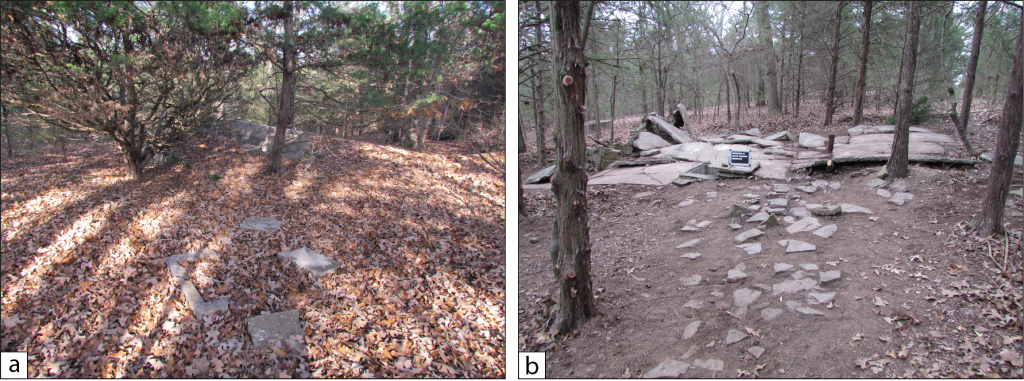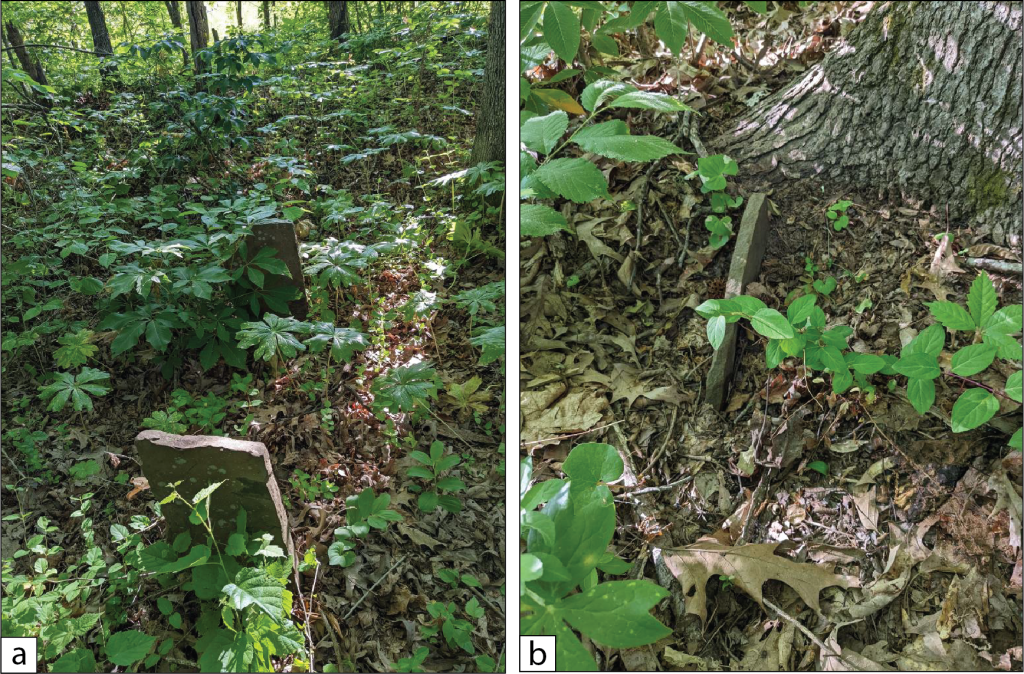UCA Field School, May 15-June 2, 2023
It’s that time again!
Beginning May 15 through June 2, 2023 students from the University of Central Arkansas (UCA) will participate in the fifth year of archaeological research at Camp Halsey (3FA313). These efforts are part of the Field Archaeology course offered at UCA during the May Intersession and are part of a long-term collaborative project between UCA, the Jamie C. Brandon Center for Archaeological Research (JCB Center), and the Faulkner County Museum (FCM) to map, evaluate, and document historical and archaeological resources throughout Faulkner County.
The 2023 fieldwork will build upon the previous four seasons using a multi-disciplinary systematic approach to address ongoing research questions related to social, historical, economic, and political aspects of the camp and its role in the surrounding Centerville community. We will be collecting five types of data: resistivity and metal detecting (terrestrial geophysics), drone (aerial photography), total station (mapping and topography), and excavation (archaeological).
- Students will use an RM Frobisher TAR-3 resistivity meter and learn skills related to site survey and systematic field data collection, applied physics, resistance, and processes of landscape use and modification.
- Students will be exposed to the application of drone technology in archaeology in order to conduct low-altitude aerial photography of the landscape, identify visible site features, and document environmental changes of the site over time.
- Students will have an opportunity to use a Topcon GM-55 total station in order to map identified site features within a site grid system and expand topographic data collected data during previous field school seasons.
- Students will gain experience in traditional excavation methods and learn skills related to developing and refining research questions as data are collected, the importance of clear and concise field note taking, the process of creating profile and plan sketches, and learn how field artifacts are assigned provenience and collected (tagged and bagged) in the field (in accordance with Arkansas Archeological Survey statewide standards).

Grid system established at Camp Halsey with identified Architectural Features (AF) noted and areas of data collection.
Plans are underway to investigate three archaeological features at Camp Halsey during the 2023 field season. The first are Features 16 and 17. Feature 16 is the remains of the north road culvert and was initially exposed during the 2022 field season. We will reopen Feature 16 and expand the unit across the former Front Street to the south toward Feature 17. Feature 17 is the remains of the south road culvert, which has yet to be tested. To explore the relationship between the two culverts and type of construction used, a large trench (about 5 meters) across the former Front Street in the location of the culverts will be excavated and documented.

Students will be collecting resistivity and total station data, as well as excavating Features 16 and 17 across the former Front Street.
A third feature that will be documented is Feature 5, a large slab covered in leaf debris. This is the location of the latrine building. Initial tasks will be to clear leaf debris and expose the slab for documentation and mapping. Depending on available time, an excavation unit may be opened in the location of the entrance in order to identity potential constructed stone pathway or gravel bed leading to the latrine building. The remains of a stone pathway have been identified with documentation of Feature 3 (kitchen) situated to the west of Feature 5.

(a) Feature 5 buried in leaf debris. (b) Remains of a stone pathway associated with Feature 3.
In addition to work at Camp Halsey, students will have an opportunity to map and record a nearby historic undocumented cemetery. As part of the Faulkner County Historical and Archaeological Resources project, the JCB Center and FCM have been mapping and recording historic cemeteries throughout Faulkner County. Students will have an opportunity to utilize archaeological methods and be exposed to the process of cemetery recording.

Visible stones at the undocumented historic cemetery that will be recorded during the field school.
During the third week, students will gain experience in archaeological lab methods and learn skills related to artifact cleaning, cataloging, and accessioning. They will be exposed to the process of artifact analysis and identification, methods associated with digitizing field sketches, remote sensing data processing, the use of primary historical documents to supplement archaeological data, and how these data, collected over multiple field seasons, are integrated into a Geographic Information System (GIS).
There is a lot planned for the 2023 UCA field school!



